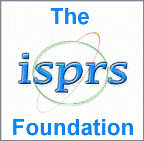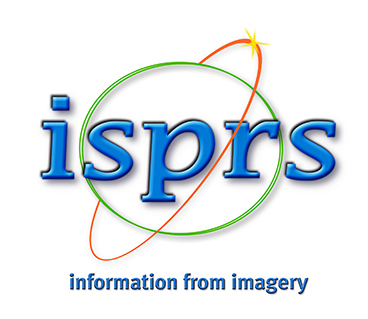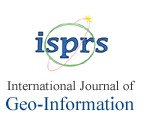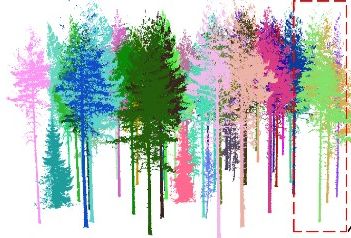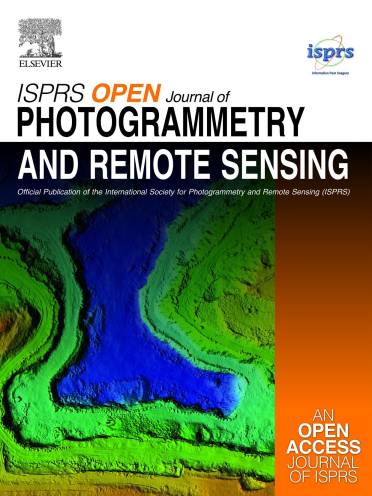

Editorial: XXV Congress Update
by Derek Lichti
ISPRS Congress Director
The XXV ISPRS Congress and 47th Canadian Symposium on Remote Sensing is less than one year away! There has been a lot of activity in recent months. Read on to learn about all the latest developments.
Registration
The Congress registration system officially opened on 25 August. Secure your spot at the Congress today and unlock Early Bird savings. As well as reduced fees, registering early ensures you get priority access to technical tours, tutorials, and accommodation options. Don’t miss out—register early and position yourself at the heart of the global geospatial community.
https://www.conftool.com/isprs2026/
Meet Our Outstanding Keynote Speakers
We’re thrilled to welcome these distinguished speakers from around the world who will be sharing their insights and expertise at the Congress:
- David Coleman, University of New Brunswick, Canada
- Michael Daly, York University, Canada
- Chen Jun, National Geomatics Centre of China, China
- Marguerite Madden, University of Georgia, USA
- Alex Miller, Esri Canada, Canada
- Marc Pollefeys, ETH Zurich, Switzerland
- Minda Suchan, VP Geointelligence, MDA Space, Canada
- Xiaoxiang Zhu, Technical University of Munich, Germany
Learn more about their backgrounds and contributions: https://www.isprs2026toronto.com/keynote-speakers
Partnering for Success
We’re proud to recognize the incredible support of our sponsors, whose contributions help drive innovation in geospatial science and technology. Thanks to their backing, The XXV Congress can bring people together, spark new ideas, and make a real impact across disciplines and communities around the world.
Bronze Sponsors
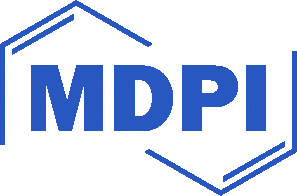


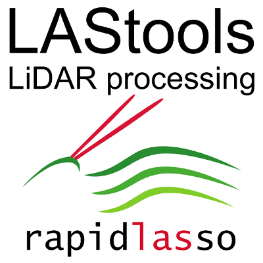
Academic Partners

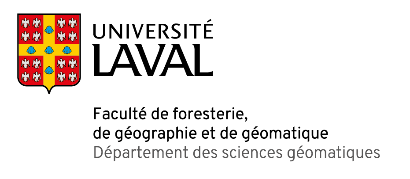
The Exhibition will showcase leading companies, organizations, and innovators shaping the future of photogrammetry, remote sensing, and spatial information sciences. The ISPRS 2026 exhibitor list is growing—visit the Congress website for the latest updates and additions:
https://www.isprs2026toronto.com/sponsors
Paper Submissions
Share your research with a truly global audience! Whether you're submitting a full paper, abstract, or applied case study, ISPRS 2026 is your platform to showcase ideas, gain recognition, and receive feedback from world-leading experts. Accepted contributions will be featured in high-visibility proceedings and sessions that shape the future of geospatial science.
Authors have several pathways to contribute to ISPRS 2026, with formats designed to suit a variety of research and application interests:
- Abstracts
- Full-length papers
- Applied abstracts
Explore all submission types and guidelines by visiting the Call for Submissions page: https://www.isprs2026toronto.com/call-for-submissions
Tutorials and Sessions
We received an enthusiastic response to our call for session proposals, with a wide range of engaging topics and formats. Here are the final numbers:- Tutorials – 19 in total
- 9 full-day tutorials scheduled for July 4
- 10 half-day tutorials scheduled for July 5
- Forum Sessions – 9
- Thematic Sessions – 28
- Special Sessions – 4
- Invited CRSS-SCT Sessions – 11
These sessions are in addition to those that will be organized by the 53 ISPRS Working Groups and the Applied Sessions.
Explore the full program and learn more about these exciting sessions: https://www.isprs2026toronto.com/session-information
Technical Visits
We have lined up the following exciting technical tours that will take place in the afternoon of 9 July 2026:
- Centre for Urban Innovation (CUI), Toronto Metropolitan University: A collaborative hub advancing research in energy, water, transportation, data analytics, and smart infrastructure to shape the cities of the future—featuring several labs and zones aligned with ISPRS interests.
- Trimble Applanix: Guided one-hour tours of its Richmond Hill headquarters giving participants a behind-the-scenes look at its cutting-edge technologies, facilities, and expert teams—with refreshments included.
- Allan I. Carswell Observatory, York University: A facility that supports research, education, and public outreach, featuring Canada's largest university-based telescope and several advanced instruments for celestial observation.
Learn more about the tours here: https://www.isprs2026toronto.com/technical-visits
Summer School
The ISPRS Student Consortium Summer School 2026 will be held at York University from June 29 to July 3 as a pre-congress event. It will focus on "Geospatial Innovations for Climate Action," offering a five-day program of lectures, hands-on training, and a group innovation challenge aimed at empowering young researchers and professionals to develop geospatial solutions for climate-related issues. The winning team will have the opportunity to present at a Congress session.
Find out more about the Summer School here: https://www.isprs2026toronto.com/summer-school
CATCON 9
Initiated by the Japan Society for Photogrammetry and Remote Sensing, CATCON is a software contest organized by ISPRS to promote open-source, user-friendly tools for computer-assisted teaching in geospatial science. Individuals or teams registered for the ISPRS Congress are invited to submit proposals by 10 April 2026. Winners will be selected based on usefulness, design, and originality. Three cash prizes sponsored by The ISPRS Foundation will be presented.
Read all the necessary information here: https://www.isprs2026toronto.com/catcon
Supporting Global Participation
We are committed to financially supporting students and young professionals (YPs) from the Global South to ensure inclusive and diverse participation at ISPRS 2026. There are two key funding opportunities available:
- The ISPRS Foundation (TIF) Travel Grants
- Congress Assistance Grants
Learn more and apply here: https://www.isprs2026toronto.com/travel-grants
Travelling to Canada
Detailed instructions are available on our website to help you navigate the visa application process smoothly. Please read the information carefully and follow all steps. We’ve included direct links to the latest updates from relevant government websites and the IRCC portal.
To avoid delays:
- Follow the instructions closely
- Provide all required information
- Apply as early as possible
Visit the ISPRS 2026 Visa Application Information web page: https://www.isprs2026toronto.com/visa-information


